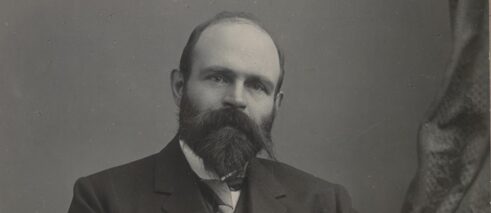Traces along the Wild Atlantic Way
The German contribution to Celtology

German philologists played a significant role in the development of Celtic Studies, or Celtology. Nowadays, the subject is taught only at a small number of German universities.
The year 1851 was a major milestone in the study of Celtic languages in Germany: it marked the publication – in Latin – of the first volume of Johann Kaspar Zeuss’s Grammatica Celtica. Also in the second half of the nineteenth century, Ernst Windisch carried out important research in Celtic studies at Leipzig University. But it was not until 1901 that the first chair of Celtic Philology was created in Germany, at the Friedrich Wilhelm University in Berlin (now the Humboldt University).
Heinrich Zimmer was the first to hold the professorship, and Berlin began to attract Celtologists from all over Germany, and indeed from Ireland. Zimmer was succeeded in 1911 by Kuno Meyer, probably the most famous of the German Celtologists. Meyer had studied in Leipzig under Windisch from 1879; in 1896 he and Ludwig Christian Stern started the journal Zeitschrift für celtische Philologie; a few years later he founded the School of Irish Learning in Dublin and its journal Ériu.
Meyer, Windisch and Zimmer contributed in no small way to the standardisation of the Irish in which Blasket Island authors, particularly Muiris Ó Suilleabháin, Tomás Ó Criomhthain and Peig Sayers, wrote the books that have become classics of Irish literature . Other famous Celtologists include the Swiss scholar Rudolf Thurneysen (1857–1940), who studied under Windisch und Zimmer, and Julius Pokorny, who was appointed to the chair of Celtic Philology in Berlin in 1920 but suspended by the Nazis in the mid-1930s because of his Jewish ancestry.
Visitor Information:
The Blasket Centre
Dunquin
Co. Kerry
IRELAND
+353 (0)66 915 6444
blascaod@opw.ie